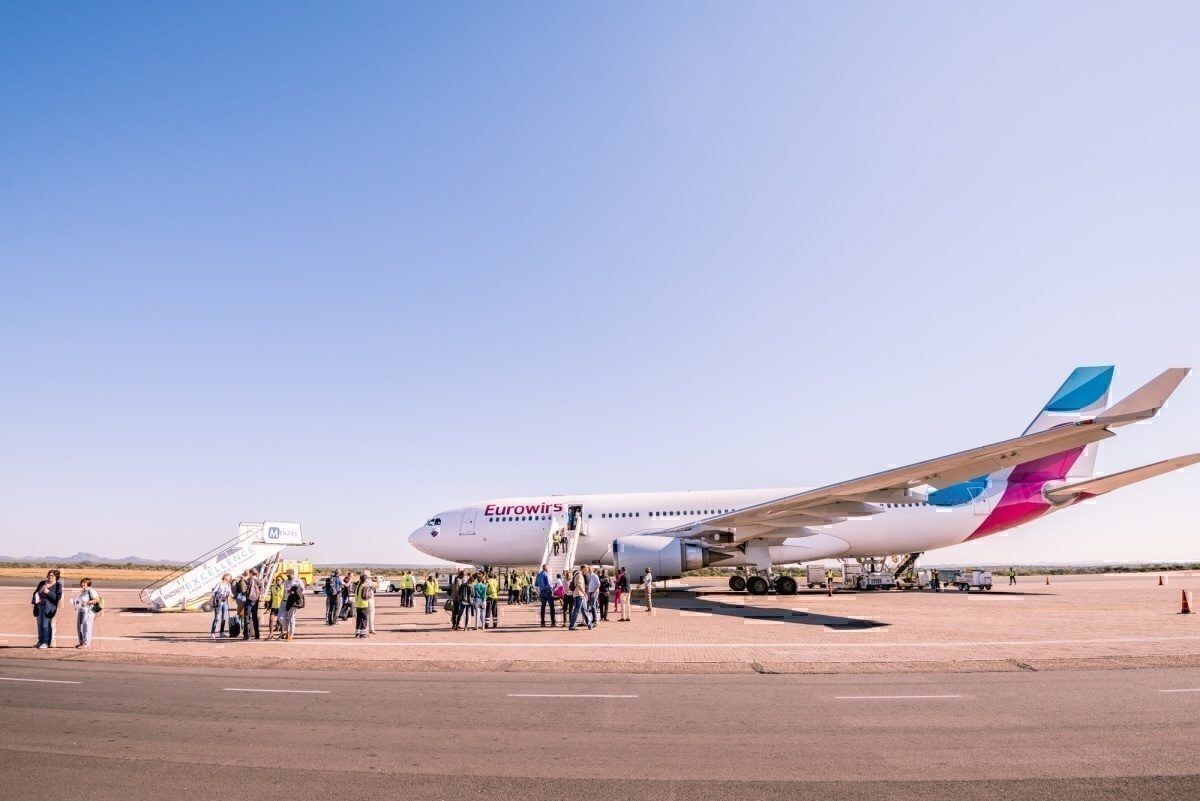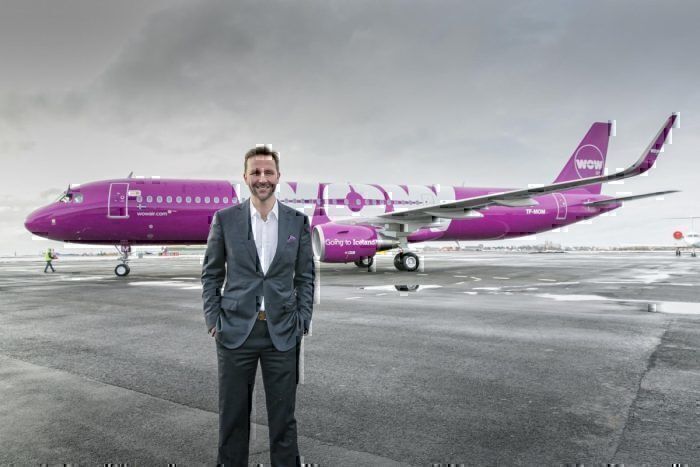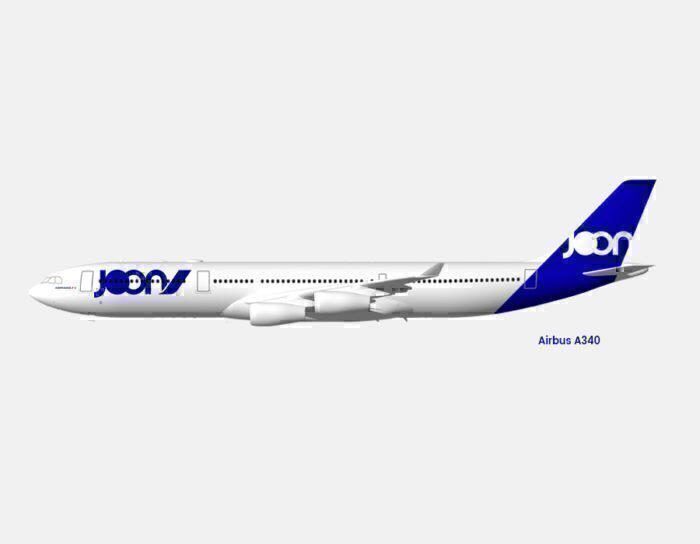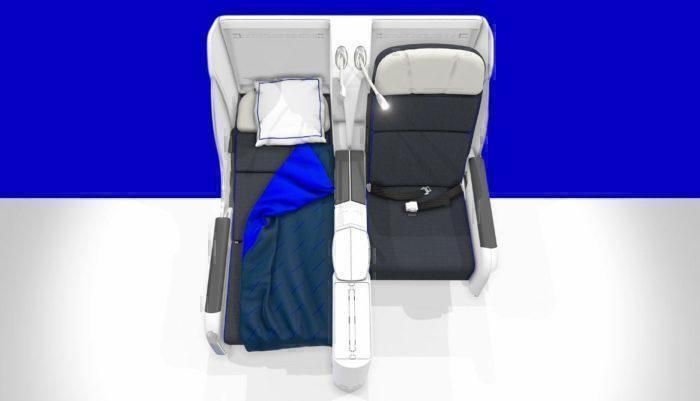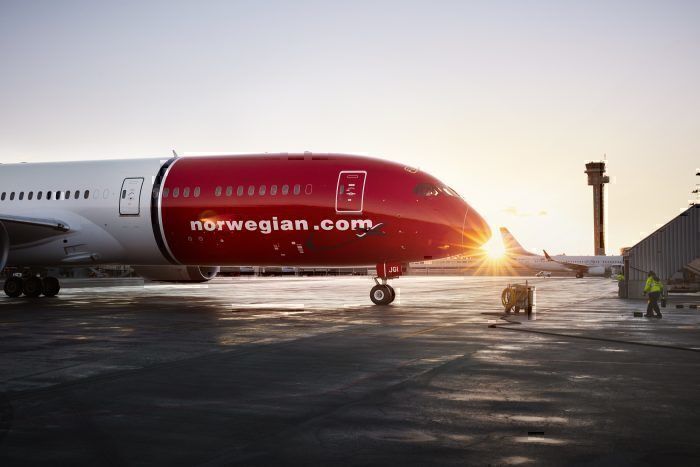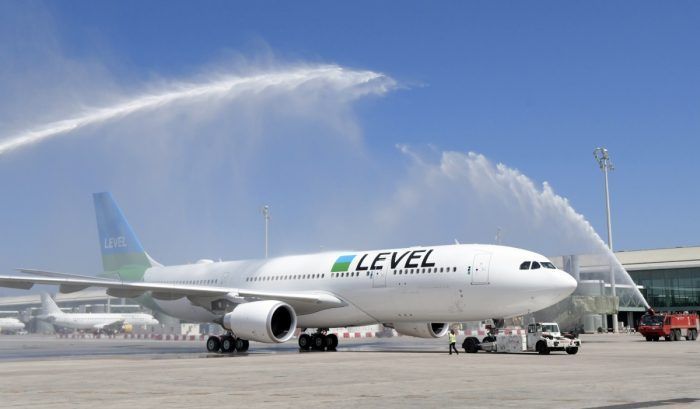Legacy carriers came up with a seemingly ingenious solution to the rise of long-haul low-cost carriers. By creating low-cost subsidiaries, legacy carriers thought they could offer additional options to loyal customers. However, that idea doesn't seem to have worked out too well.
How the idea came to be
WOW, Norwegian, and Primera Air were groundbreaking additions to the transatlantic aviation market. Transatlantic flights were expensive and these carriers thought there was a huge market in leisure travelers. However, legacy carriers had a card up their sleeve.
Because they had additional assets (including the backing of major governments), legacy carriers could withstand lower prices and some losses. Low-cost carriers, on the other hand, lacked this kind of funding. With a small number of planes, there were operational concerns too. Delays were prevalent and the flying experience didn't get people too excited.
Why they didn't work
Low-cost subsidiaries don't work for a few reasons. First off, most passengers aren't aviation enthusiasts who keep up with the latest in news. As a result, this can lead to some confusion. For example, passengers transiting from an Air France flight from Houston to Paris to a Joon flight from Paris to Mumbai may be confused as to the offering.
These subsidiaries also didn't work because there were fundamental issues with the carriers themselves. Unions are a problem, since they don't want to see duties staffed out to lesser-paid and newer employees. The carriers themselves aren't scaled for low-cost operations.
Premium connecting passengers still want lounge access and premium amenities on flights. Low-cost subsidiaries also usually operated planes previously flown for legacy carriers. Most importantly, those planes aren't set up for low-cost long-haul operations. Most low-cost carriers don't really see the need for flatbeds.
Low-cost carriers failed
Transatlantic low-cost carriers aren't doing so hot. Primera and WOW don't exist anymore. Moreover, Norwegian doesn't seem to be on solid financial footing. Their 787 and 737 MAX groundings have left their operations reeling. It is safe to say that the low-cost market isn't in as big of demand as carriers once assumed.
IAG's LEVEL
IAG set up LEVEL as a long-haul low-cost carrier. Using A330 aircraft, LEVEL operates transatlantic flights to select leisure destinations. Their fares are also very reasonable and would make transatlantic flying cheaper than some transcontinental flights! Whether or not IAG keeps LEVEL is yet to be seen.
Overall
Legacy carriers can walk away with a win. Air France and Lufthansa, among others, survived amid threats from the likes of Primera and WOW Air. At the end of the day, their core business model remained intact. It really is no surprise that these carriers are walking away from their low-cost subsidiaries.
Do you prefer legacy carriers or low-cost carriers on transatlantic flights? Let us know in the comments!

